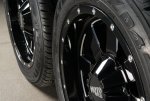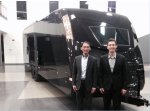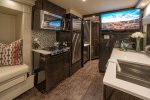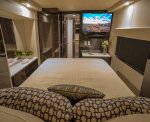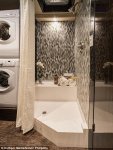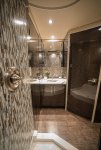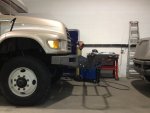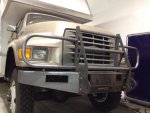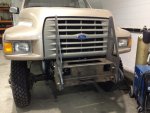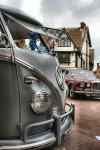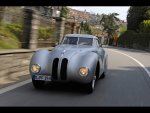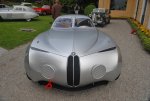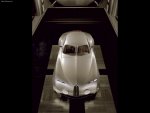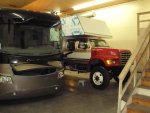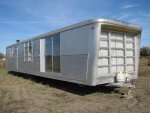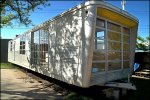free radical
New member
Bit of trip down the memory lane,
there were adventurous folk craving to travel the world long time before us and I recall two engineers who drove the old 1940s Tatraplan car..
(which already had independent axles and air cooled v8 engine in the back
which certain German company later copied and eventually had to pay millions to Tatra for patent infringement) ..all the way across Russia ,
South America and Africa and wrote and filmed their adventures along the way..
http://en.m.wikipedia.org/wiki/Hanzelka_and_Zikmund
Tatraplan
http://youtu.be/kMJKI68kP5M
Jay Lenos garage Tatra 87
http://youtu.be/q-AKigRiGe8
Later on they used T805 as that's bit more comfortable then the small car..
Tatra 805
http://youtu.be/gziwQi4U5JM
and some silly driving
http://youtu.be/6n8s8c1r7rc
Now this was way before cell phone ,GPS and Internet and these guys made it all just fine,with those old tech trucks,which tells me a lot about its reliability..
Tatra has proven reliable in some of the worst weather conditions and bad roads over many years,,from deep freeze of Siberia to desert heat in Africa ,Australia ,India and South America including the Dakar rally..
I'd take Tatra with its independent suspension over anything else if I was to go off roading thru some third world country,,or even this first one..lol
there were adventurous folk craving to travel the world long time before us and I recall two engineers who drove the old 1940s Tatraplan car..
(which already had independent axles and air cooled v8 engine in the back
which certain German company later copied and eventually had to pay millions to Tatra for patent infringement) ..all the way across Russia ,
South America and Africa and wrote and filmed their adventures along the way..
http://en.m.wikipedia.org/wiki/Hanzelka_and_Zikmund
Tatraplan
http://youtu.be/kMJKI68kP5M
Jay Lenos garage Tatra 87
http://youtu.be/q-AKigRiGe8
Later on they used T805 as that's bit more comfortable then the small car..
Tatra 805
http://youtu.be/gziwQi4U5JM
and some silly driving
http://youtu.be/6n8s8c1r7rc
Now this was way before cell phone ,GPS and Internet and these guys made it all just fine,with those old tech trucks,which tells me a lot about its reliability..
Tatra has proven reliable in some of the worst weather conditions and bad roads over many years,,from deep freeze of Siberia to desert heat in Africa ,Australia ,India and South America including the Dakar rally..
I'd take Tatra with its independent suspension over anything else if I was to go off roading thru some third world country,,or even this first one..lol













